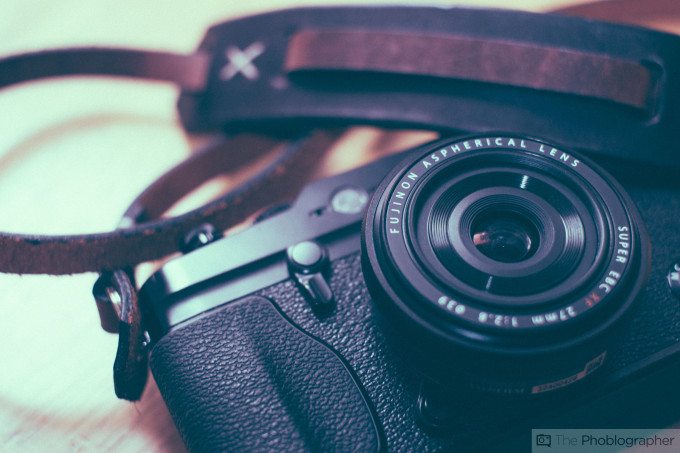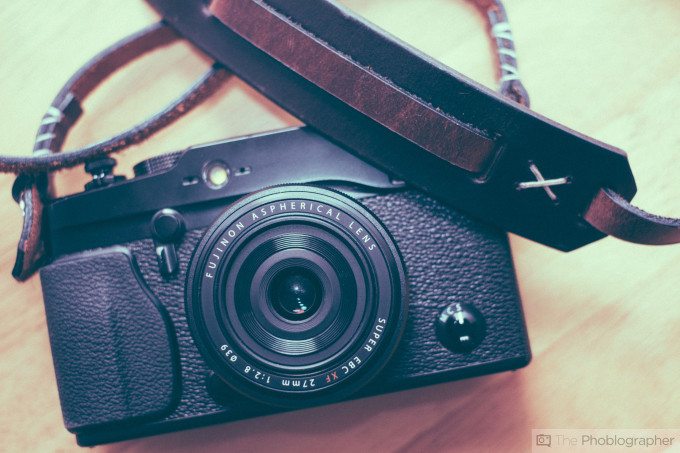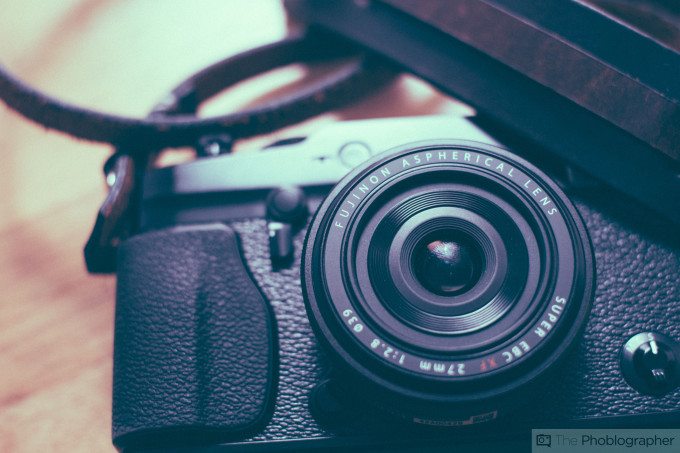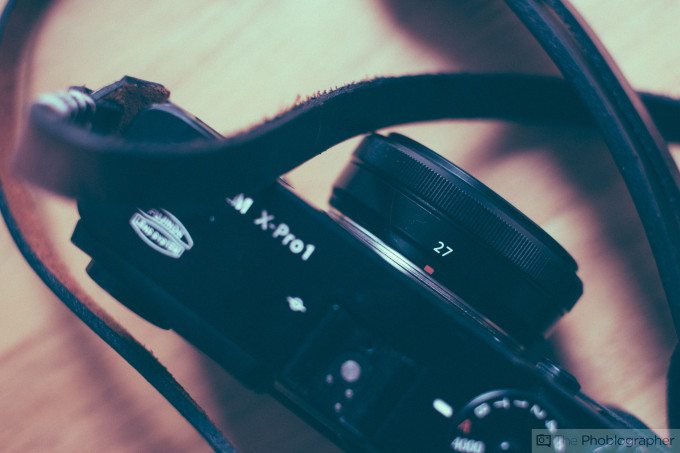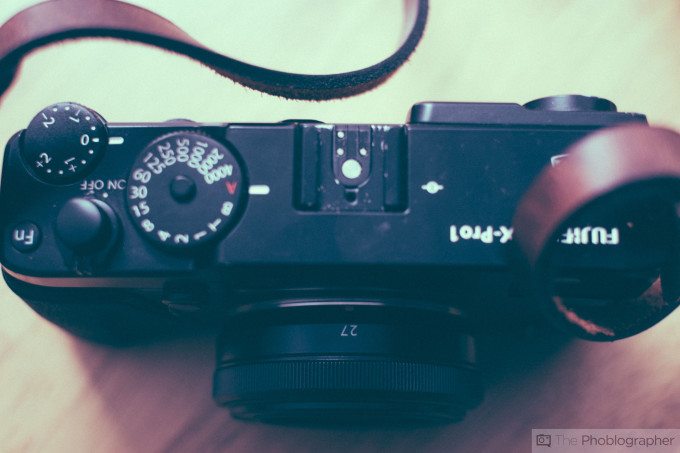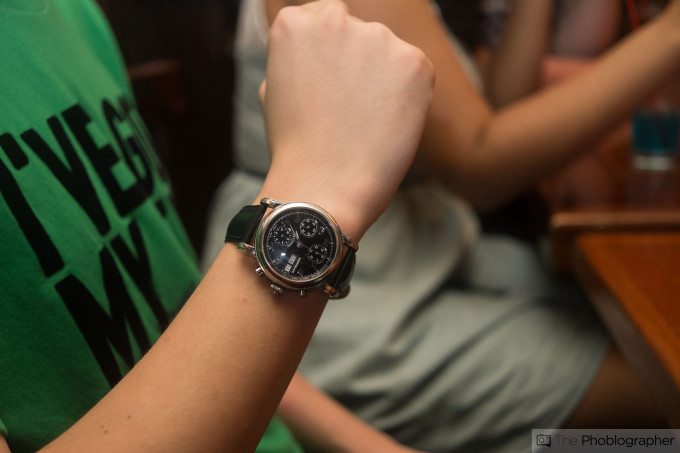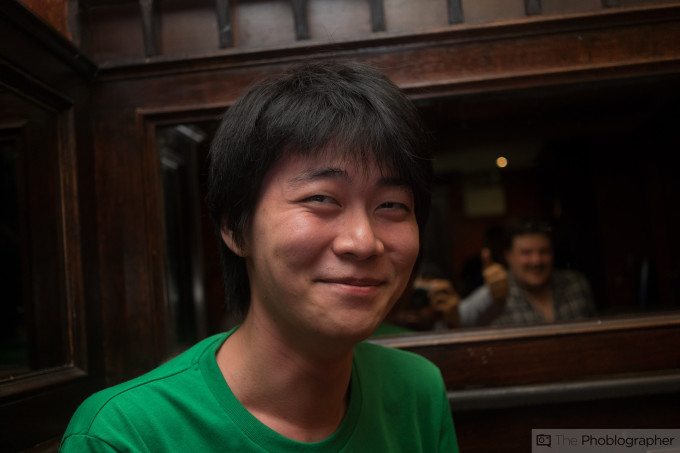Fujifilm’s first real pancake lens for their X series of cameras is their 27mm f2.8. Many thought that the company would take the 23mm f2 on the X100s and adapt it for use on the interchangeable lens cameras, but indeed that didn’t happen. What users got instead is a lens that is truly compact. In fact, this is the company’s first prime lens without an aperture ring around it. So in order to control it, you’re going to have to use the dials on a camera.
Coming in either black or silver, Fujifilm managed to pack 7 elements in 5 groups as well as 7 aperture blades into the lens. And when mounted to their cameras will give the user a 41mm field of view–potentially trying to win over many hardcore Micro Four Thirds users that really love their Panasonic 20mm f1.7.
We’ve been playing with the lens for around a week so far, and while it is nice, it sure has its quirks.
Gear Used
We’re testing the 27mm f2.8 with the Fujifilm X Pro 1 and the XM1.
Tech Specs
Specs taken from the B&H Photo listing
| Features | |
|---|---|
| Autofocus | Yes |
| Tripod Collar | No |
| Physical | |
|---|---|
| Filter Thread | Front: 39 mm |
| Dimensions (DxL) | Approx. 2.41 x 0.91″ (61.2 x 23 mm) |
| Weight | 2.75 oz (78 g) |
Ergonomics
The 27mm f2.8 is a lens that is both small, low profile, and modern. Of any of Fujifilm’s lenses so far, this one has one of the most modern designs that we’ve seen. This observation is due to the fact that there is no aperture ring–which all the rest of the system has. Indeed, the lenses of many other camera systems don’t have the aperture ring and for this reason, Fujifilm’s departure from their retro-modern appeal may not be too much to the liking of Leica-philes who jumped ship.
But if you choose to get up close and personal with the lens, you’ll notice an extremely minimal design to it. The lens is one of the few primes that doesn’t come with a lens hood–and perhaps this is because Fujifilm wanted to keep it as compact as possible. After all, what’s the point of having a pancake if it’s jutting out?
When look right down on the lens, you’ll realize that there is a sliver of a focusing ring in case you want to use Fujifilm’s manual focusing system coupled with their peaking feature. And to once again keep the lens compact, they got rid of the aperture ring.
Ease of Use
Experienced X series users will find the 27mm f2.8 a bit of an odd ball in terms of usability. If you want to be in aperture priority, you’ll need to set the X Pro 1’s shutter dial to A and then play with its back dial to set the aperture. Once you go past F16 and your shutter dial is in the A position, the camera will go into Program Auto Mode.
In real life use, DSLR users–especially those that were tied to Nikon, Sony, or Pentax–will feel right at home and more like meeting up with an old friend who lost a couple of pounds and suddenly became total eye candy.
If you’re using the camera on the XM1, you won’t have to worry about that because it has an actual mode dial.
Build Quality
It’s small, it’s solid, and for the love of Christ you should not pour maple syrup on it. That would be bad. The focusing ring feels a bit too loose for our liking and we really wish it was smoother.
Autofocus
For what it’s worth, the 27mm f2.8 has some pretty darn fast autofocusing with both cameras. It isn’t noisy to focus at all either–and any noise that you hear will most likely not be heard by others in most situations.
Where we found it quirky though is with the macro focusing mode. Fujifilm’s 35mm f1.4 R can focus much closer than this lens can. In some ways, it feels like the original X100 where if you wanted to shoot that intimate and typical closeup that a 35mm equivalent lens was known for, you’d need to set it into Macro mode. However, we really want to get closer with this lens–but alas, we can’t.
Image Quality
Here are some sample images so far.
Now check this out.
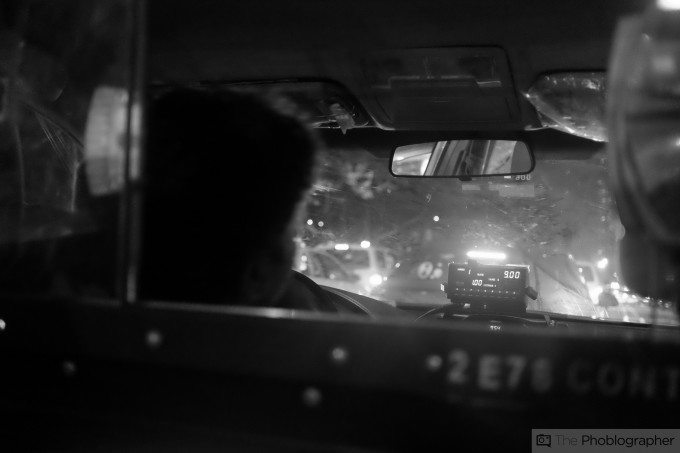
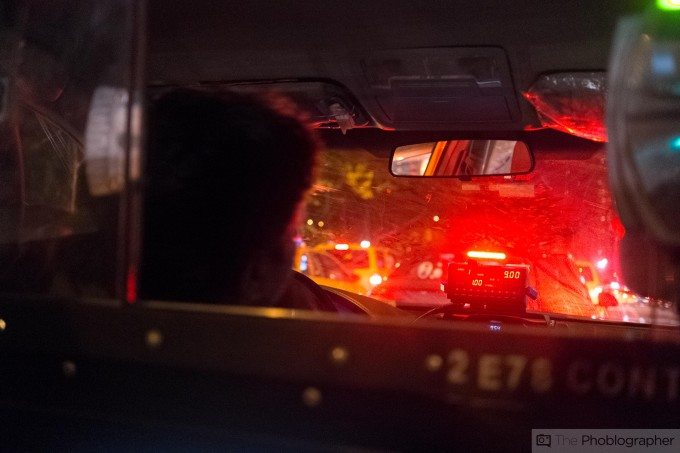
First Impressions
So far, we’re overall very impressed with the quality of this lens. It seems to be a bit too expensive for our tastes, but it surely doesn’t overall deserve to be bashed. While it had some quirks, it has some excellent positives such as stellar image quality, pretty fast focusing, and an itty bitty size to match.
We’ll have more of an assessment in our full review, so stay tuned.
Please Support The Phoblographer
We love to bring you guys the latest and greatest news and gear related stuff. However, we can’t keep doing that unless we have your continued support. If you would like to purchase any of the items mentioned, please do so by clicking our links first and then purchasing the items as we then get a small portion of the sale to help run the website.


